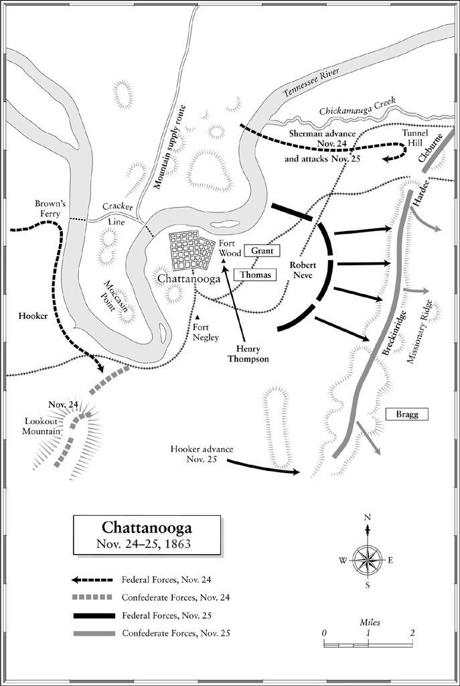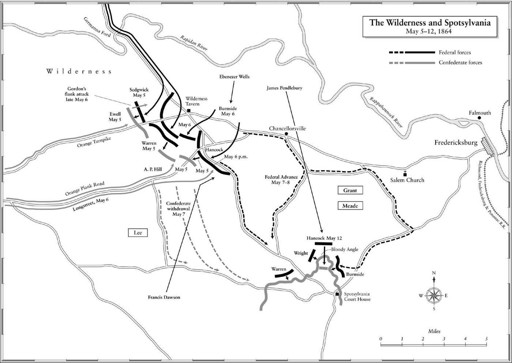A World on Fire: Britain's Crucial Role in the American Civil War (187 page)
Read A World on Fire: Britain's Crucial Role in the American Civil War Online
Authors: Amanda Foreman
Tags: #Europe, #International Relations, #Modern, #General, #United States, #Great Britain, #Public Opinion, #Political Science, #Civil War Period (1850-1877), #19th Century, #History

BOOK: A World on Fire: Britain's Crucial Role in the American Civil War
10.44Mb size Format: txt, pdf, ePub
Double-tap or pinch to zoom.
Click
here
to return to the text.

Double-tap or pinch to zoom.
Click
here
to return to the text.

Double-tap or pinch to zoom.
Click
here
to return to the text.

Double-tap or pinch to zoom.
Click
here
to return to the text.

Double-tap or pinch to zoom.
Click
here
to return to the text.

Double-tap or pinch to zoom.
Click
here
to return to the text.
Glossary
adjutant
—A staff officer assigned to handle administrative duties for a commanding officer.
battery
—A Union artillery battery had six cannons with more than one hundred men, Confederate batteries usually had four; a position where cannons were mounted.
blockade runner
—A swift vessel used by the Confederates to evade the Federal naval blockade of Southern ports; the captain of a blockade runner.
bombproof
—A shelter from artillery attack, often built with timber and packed earth.
bounty
—A cash bonus paid to entice men into the army.
breastwork
—A chest-high barricade built to shield defenders from enemy fire.
canister
—A tin can containing twenty-seven iron balls packed in sawdust; when fired from a cannon, the can ripped open and showered the balls at the enemy.
contraband
—A term popularized by General Benjamin Butler in 1861 for fugitive slaves who crossed into Northern territory.
corduroy road
—A road constructed with logs, often in otherwise impassable muddy areas.
crimping
—The forced enlistment of soldiers or sailors by trickery or coercion.
division
—A force of approximately 12,000 soldiers in three or four brigades. A brigade generally consisted of four to six regiments. A regiment was composed of about a thousand officers and men divided into ten companies.
drill
—Formal training received by a recruit, including how to march in formation.
gunboat
—A vessel designed to carry one or more guns, usually used in shallow water or on rivers.
hardtack
—A flour-and-water wafer, usually three inches square; cheap and durable, it was a staple of military campaigns.
housewife
—A sewing kit that also contained toiletries and personal items.
howitzer
—A short-barreled artillery piece designed to propel projectiles at relatively high trajectories.
ironclad
—A warship clad with iron or steel plates to protect it from explosive or incendiary shells.
mess
—A group of soldiers who cooked and ate together; the place where food was prepared and eaten.
minié ball
—A conical bullet whose hollow base expanded when fired, forcing its sides into the rifling and making it spin, assuring greater accuracy.
monitor
—A class of Federal ironclad warships with revolving gun turrets, named after the design of USS
Monitor,
launched in 1862.
mortar
—Heavy artillery designed to fire projectiles, usually balls, with a high angle of fire into enemy positions. Mostly used in siege, garrison, and coastal warfare.
musket
—A muzzle-loading shoulder gun with a long barrel.
parole
—The pledge of a soldier released from captivity not to take up arms until formally exchanged for an enemy POW of equal rank.
Parrott gun
—A muzzle-loading rifled artillery weapon patented by West Point graduate and former U.S. Army officer Robert Parrott in 1861.
percussion cap
—A small copper cylinder containing shock-sensitive explosive; the cap was placed over the hollow metal “nipple” at the rear of a gun barrel. Pulling the trigger released the hammer, which struck and ignited the cap. The flame passed through the nipple to ignite the main powder charge. Caps enabled muzzle-loading guns to fire reliably in any weather.
picket
—Soldiers on guard to protect a larger military unit from enemy attack.
pontoon bridge
—A portable bridge supported by floating pontoons.
provost guard
—Soldiers acting as military police under the authority of a provost marshal.
quartermaster
—An officer in charge of procuring food, equipment, and clothing for troops.
ram
—A ship built with an iron prow designed to pierce and sink enemy vessels.
rifle pit
—A shallow trench dug to protect soldiers from enemy fire while shooting weapons.
round shot
—A solid spherical projectile fired from artillery; also called
solid shot
or
cannonball.
shrapnel
—A hollow cast-iron projectile filled with metal balls packed around an explosive charge, designed to explode in midair, showering the enemy with smaller projectiles.
smoothbore
—A firearm or cannon with an unrifled barrel.
solid shot
—A solid projectile with no explosive, designed to be used against cavalry, buildings, or troops in a column.
Springfield rifle
—An American-made rifle, the most prevalent in the war. The second most popular was the Enfield, which was manufactured in England and exported by the hundreds of thousands. Both were single-shot muzzle-loading rifles with an accuracy that was excellent at 300 yards and passable at 500. Compared to the maximum range of 200 yards for a Napoleonic-era rifle, Civil War rifles were killing machines.
sutler
—A merchant licensed to sell provisions to troops in an army camp or on the field.
torpedo
—A stationary underwater mine that exploded upon contact with a ship. Some torpedoes could be detonated electronically from the shore.
Zouaves
—Northern or Confederate regiments that modeled themselves on the original elite North African corps in the French army, distinguished by their colorful uniforms.
ABOUT THE AUTHOR
A
MANDA
F
OREMAN
is a Visiting Research Fellow at Queen Mary, University of London. She won the Whitbread Prize for
Georgiana: Duchess of Devonshire,
which was adapted for the screen as
The Duchess.
Educated as an undergraduate at Sarah Lawrence College and with master’s and doctorate degrees in history from Oxford University, she is now married with five children and lives in New York.
Table of Contents
PART I: COTTON IS KING
Other books
Finding Fire by Terry Odell
Anastasia on Her Own by Lois Lowry
And Then He Kissed Her by Laura Lee Guhrke
Red Thread Sisters (9781101591857) by Peacock, Carol Antoinette
Blood Sword Legacy 02 - Master of Torment by Karin Tabke
Burns Like Fire (Dangerous Creatures #1) by Mandy Rosko
Take Down (The Men of the Sisterhood) by Fern Michaels
Be My Texas Valentine by Jodi Thomas, Linda Broday, Phyliss Miranda, Dewanna Pace
Jail Bird by Jessie Keane
The Shadow Sorceress by L. E. Modesitt, Jr.